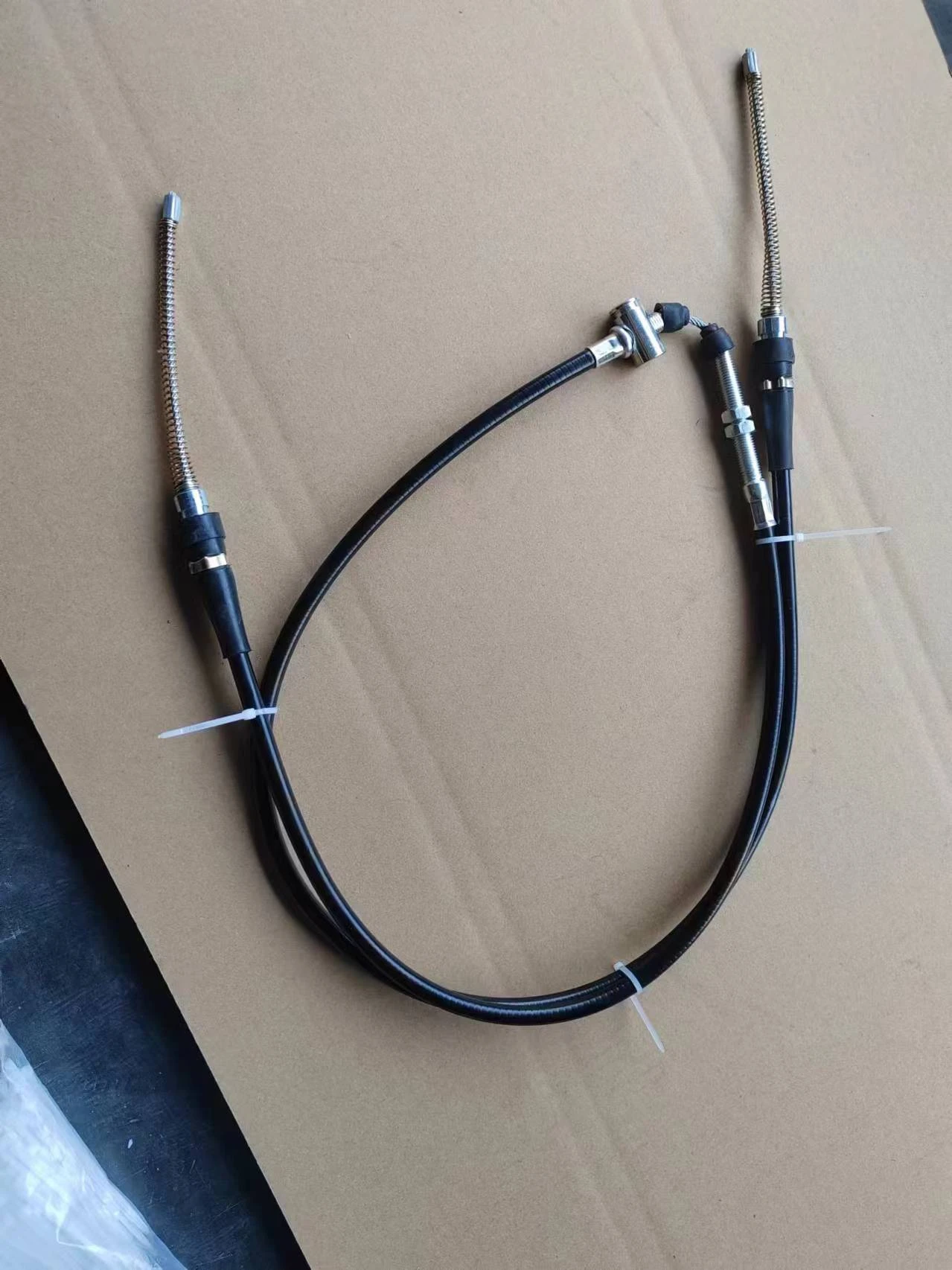Understanding the Importance of Emergency Brake Cable in Vehicle Safety and Maintenance
Understanding E-Brake Cables A Comprehensive Overview
The emergency brake, also known as the e-brake, handbrake, or parking brake, plays a crucial role in vehicle safety. It is an essential component responsible for securing the vehicle when parked and providing additional braking power in emergency situations. At the heart of the e-brake mechanism is the e-brake cable, a vital yet often overlooked component that requires proper understanding and maintenance.
What is an E-Brake Cable?
An e-brake cable is a specialized cable designed to connect the handbrake lever to the braking system of a vehicle, specifically the rear brakes. This cable is typically made of high-strength steel to withstand the forces exerted during use, and it is usually encased in a protective sheath to prevent damage from external elements. The e-brake cable operates by pulling taut when the handbrake is engaged, thereby activating the rear brakes and preventing the vehicle from rolling.
The Importance of E-Brake Cables
One of the primary responsibilities of e-brake cables is to ensure that the parking brake functions properly. When a driver parks their vehicle, the e-brake is engaged to secure the vehicle in place, especially on inclined surfaces. Without a functioning e-brake cable, a car could roll unintentionally, posing a significant safety risk to the occupants and pedestrians.
Moreover, e-brake cables can be vital in emergency scenarios where the primary braking system fails. If a driver experiences brake failure, engaging the e-brake can help them slow down the vehicle and bring it to a stop, potentially preventing a serious accident. This dual function of the e-brake cable is what makes it a critical component of automotive safety.
Signs of E-Brake Cable Wear and Tear
Like any mechanical component, e-brake cables can deteriorate over time due to wear and environmental factors. Here are some common signs that your e-brake cable may need attention or replacement
e brake cable

1. Difficulty Engaging or Disengaging the E-Brake If you find that the handbrake feels sticky or doesn’t engage/disengage smoothly, it’s a sign that the cable may be damaged or rusted.
2. Unusual Sounds If you hear grinding, squeaking, or any other uncharacteristic noises when engaging the e-brake, it could indicate that the cable is fraying or that there’s an issue with the brake mechanism.
3. Test the Brake Hold When engaged, the e-brake should hold the vehicle in place without any movement. If the car rolls when the e-brake is engaged, this is a sure sign that the cable is malfunctioning.
4. Visual Inspection Regularly inspect the e-brake cables for signs of wear, fraying, or corrosion. If you notice any visible damage, it’s important to address it promptly.
Maintenance and Replacement
To ensure the longevity of your e-brake cable, it’s essential to carry out regular maintenance. Keep the cable free from moisture and debris, and consider lubricating the cable and mechanism at regular intervals. Proper adjustment of the e-brake can also prolong the life of the cable and ensure efficient operation.
If you determine that the e-brake cable needs replacement, it’s crucial to choose a high-quality cable that meets the specifications of your vehicle. While some DIY enthusiasts may opt to replace the cable themselves, consulting with a professional mechanic is advisable to ensure proper installation and functionality.
Conclusion
E-brake cables are a small yet significant part of automotive safety that should not be overlooked. By understanding their importance, recognizing the signs of wear, and ensuring regular maintenance, drivers can help guarantee the effectiveness of their emergency braking system. Always prioritize safety and be proactive about maintaining your vehicle to ensure that it remains in optimal condition for every drive.
-
Upgrade Your Vehicle with High-Quality Handbrake CablesNewsNov.01,2024
-
Optimize Your Bike's Performance with Quality CablesNewsNov.01,2024
-
Enhance Your Vehicle's Performance with Quality Clutch ComponentsNewsNov.01,2024
-
Elevate Your Vehicle's Performance with Quality Throttle CablesNewsNov.01,2024
-
Elevate Your Vehicle's Performance with Quality CablesNewsNov.01,2024
-
Affordable Solutions for Your Cable NeedsNewsNov.01,2024
